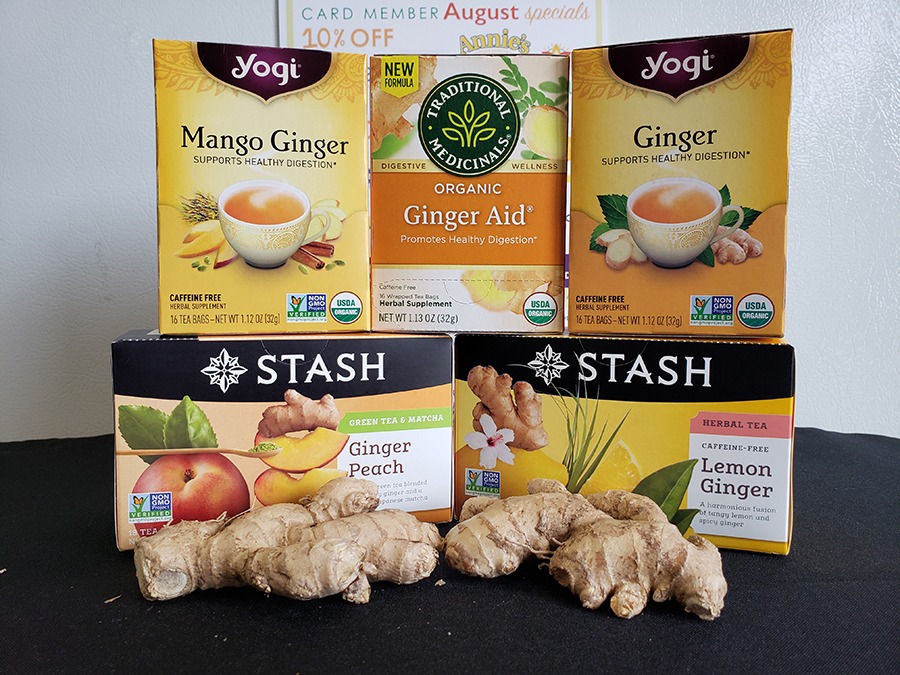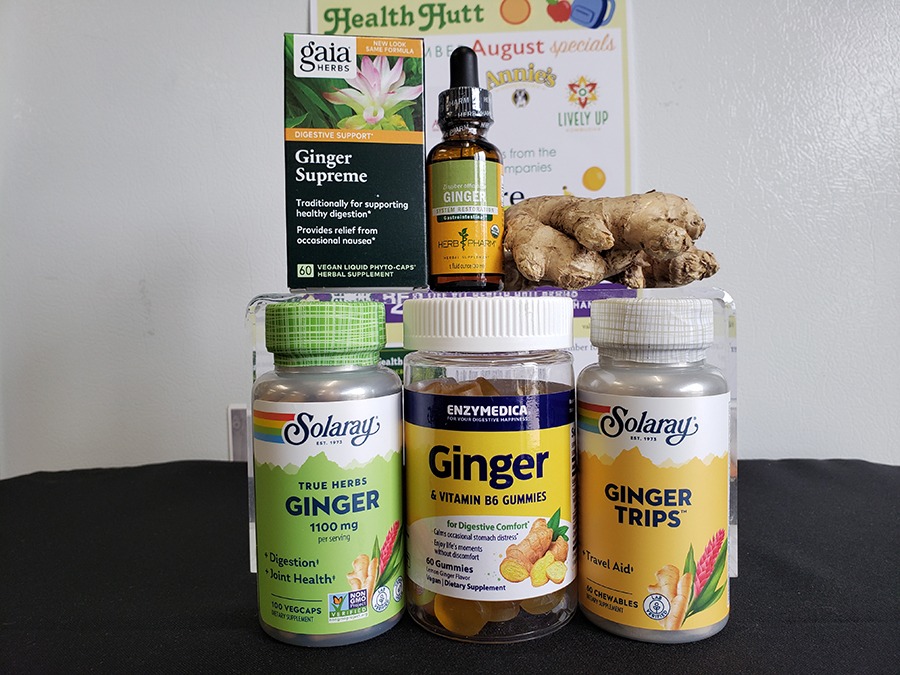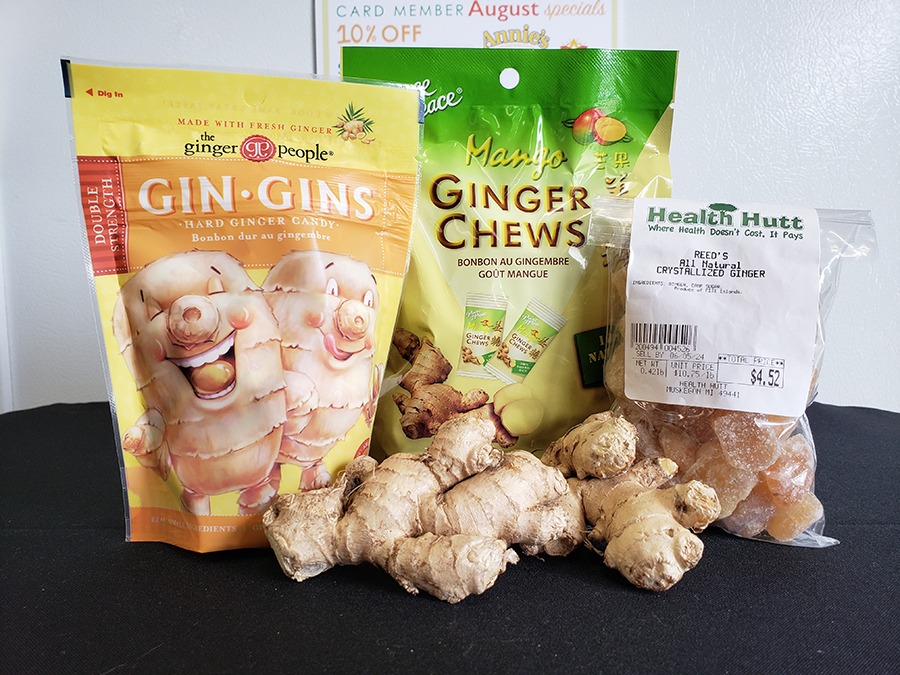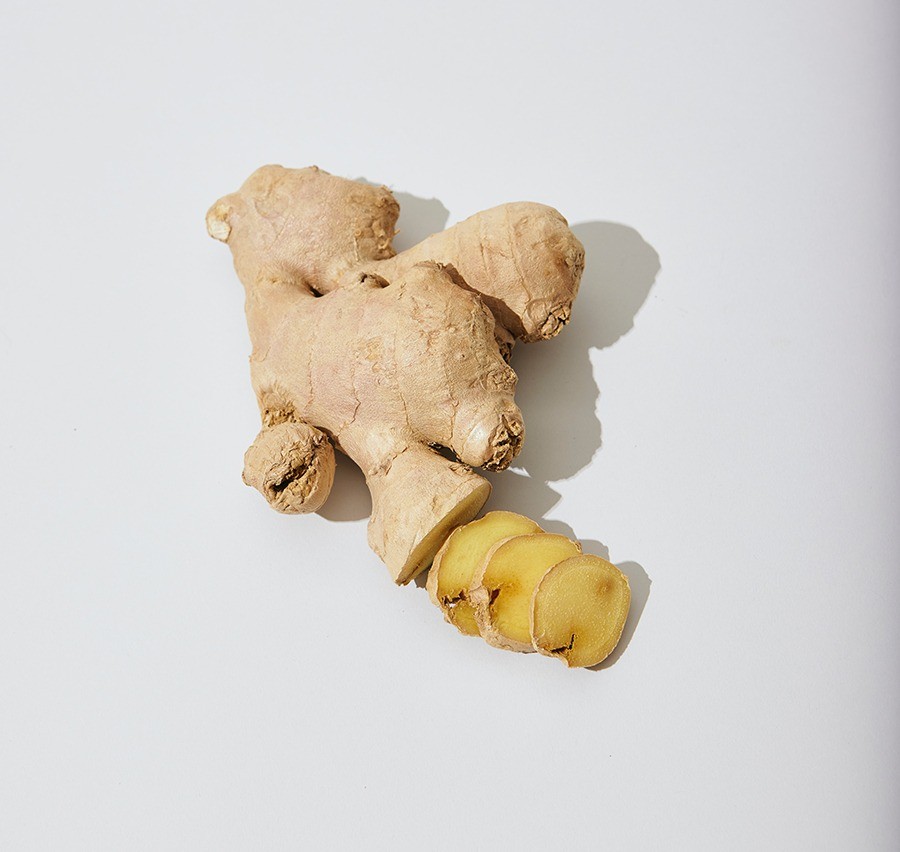Ginger is an inexpensive and accessible remedy with a long history of application. Firstly, let’s learn about ginger’s background. Ginger is native to East and Southern Asia, with India and China being the largest producers. Although there are 80 -90 species of plants that are in the genus Zingiber, this blog post is about the culinary ginger we most often find in stores, Zingiber officinale. (4) The word Zingiber is derived from the Greek work zingiberis, which in turn is derived from the Sanskrit word for ginger – singabera. ‘Zingiber’ means ‘shaped like a horn’. This makes sense as ginger roots do look a lot like deer antlers. (1)
Ginger was one of the first oriental spices grown by Europeans. In fact, it was one of the most popular spices during the Middle Ages. (1) Ginger spread far and wide, perhaps because of its many uses. It continues to be used all over the world as a spice and herbal remedy. Ginger was prevalent in brewing throughout history, and many a recipe is found with some combination of ginger, a sweetener, and yeast to make an ‘ale’, or what is now referred to as ginger beer. (5) There is also something called ‘ginger bug’, a live culture starter made of ginger used in creating fermented foods and beverages. (6) In traditional and modern Chinese medicine, ginger is used in nearly half of all herbal prescriptions. (1) If you check labels on traditional Chinese medicine formulations, many times ginger is included.


Properties and Uses
Ginger is overall warming. The active constituents of ginger responsible for its medicinal qualities are phenols called Gingerols and Shogals; Sesquiterpenes including Zingiberene, Zingiberol, Curcurmene; and others such as Zingerone, Gingerglycolipids, Gingesulfonic acid, Zingibain. (1)(2) Just to name a few. The phenols are responsible for its burning, spicy taste.
Properties of ginger include diaphoretic, carminative, circulatory stimulant, antiemtic, antispasmodic, antifungal, antiviral, antibacterial, anti-inflammatory, antispasmodic, and synergist. (3)(4) Ginger stimulates blood circulation and relaxes blood vessels, which contributes to its property of synergist. Synergy refers to ginger’s ability to increases the potency and effectiveness of other herbs. (5) Steven Fulder wrote that many traditional cultures recognized ginger as “a vehicle of magical force and power”. This explains why ginger is included in so many traditional Chinese herbal remedies. In Chinese medicine, ginger affects lung and spleen meridians; and is spicy and warm energetically. (3)
Conditions ginger can be beneficial for:
- Digestive complaints like indigestion, morning sickness, motion sickness, nausea, vomiting, dyspepsia, indigestion, lack of appetite, diarrhea, gas.
- Poor circulation, peripheral and blood circulation, cold hands and feet, blood pressure, sexual dysfunction
- Kills cold viruses – useful against influenza, strep throat, sore throat, cough. Thins mucus and helps move it out of the system.
- High cholesterol
- Allergies and Asthma
- Arthritis, bursitis, lymphedema, and pain
- Sciatica, tendonitis
- Migraine, painful menstruation
- Seizure disorders
- Atherosclerosis and high cholesterol
- Kills parasitic worms.
(2)(3)(4)(5)
Ways to Consume
Ginger can be included into the diet through teas, beverages, baking, as a spice in dishes, ferments, pickled ginger, and candied ginger.
The most potent way to prepare ginger is to make a hot tea from its freshly pressed juice. Juice enough ginger to make ¼ cup (about a large carrot worth). Add this ¼ cup to 12 oz of hot water, honey, lime, and cayenne.
You can also save the material left behind from juicing and make a tea with it, or make tea from the sliced root itself.
Ginger supplements are available in capsules, gummies, and liquid extracts.
*Ginger bug is created by combining grated ginger with sugar and a little water, covering it with a cloth and leaving it in a warm spot to let ferment for a couple days – stirring it often until it is bubbly. (6) Then it can be used to make ginger beer.


Sources
1. Mohamad Hesam Shahrajabian, Wenli Sun & Qi Cheng (2019) Clinical aspects and health benefits of ginger (Zingiber officinale) in both traditional Chinese medicine and modern industry, Acta Agriculturae Scandinavica, Section B — Soil & Plant Science, 69:6, 546-556, DOI: 10.1080/09064710.2019.1606930 https://www.tandfonline.com/doi/full/10.1080/09064710.2019.1606930
2. Bach, Phyllis. Prescription for Herbal Healing: An Easy-to-Use A-to-Z Reference to Hundreds of Common Disorders and Their Herbal Remedies. Penguin Putnam, 2002.
3. Tierra, Michael. Planetary herbology. Lotus Press, 1988.
4. Buhner, Stephen. Herbal Antibiotics: Natural Alternatives for Treating Drug-Resistant Bateria. Storey Publishing, 2012.
5. Buhner, Stephen. Sacred and Herbal Healing Beers: The Secrets of Ancient Fermentation. Siris Books, 1998.
6. Katz, Sandor. Wild Fermentation: The Flavor, Nutrition, ad Craft of Live-Cultured Foods. Chelsea Green Publishing, 2016.
